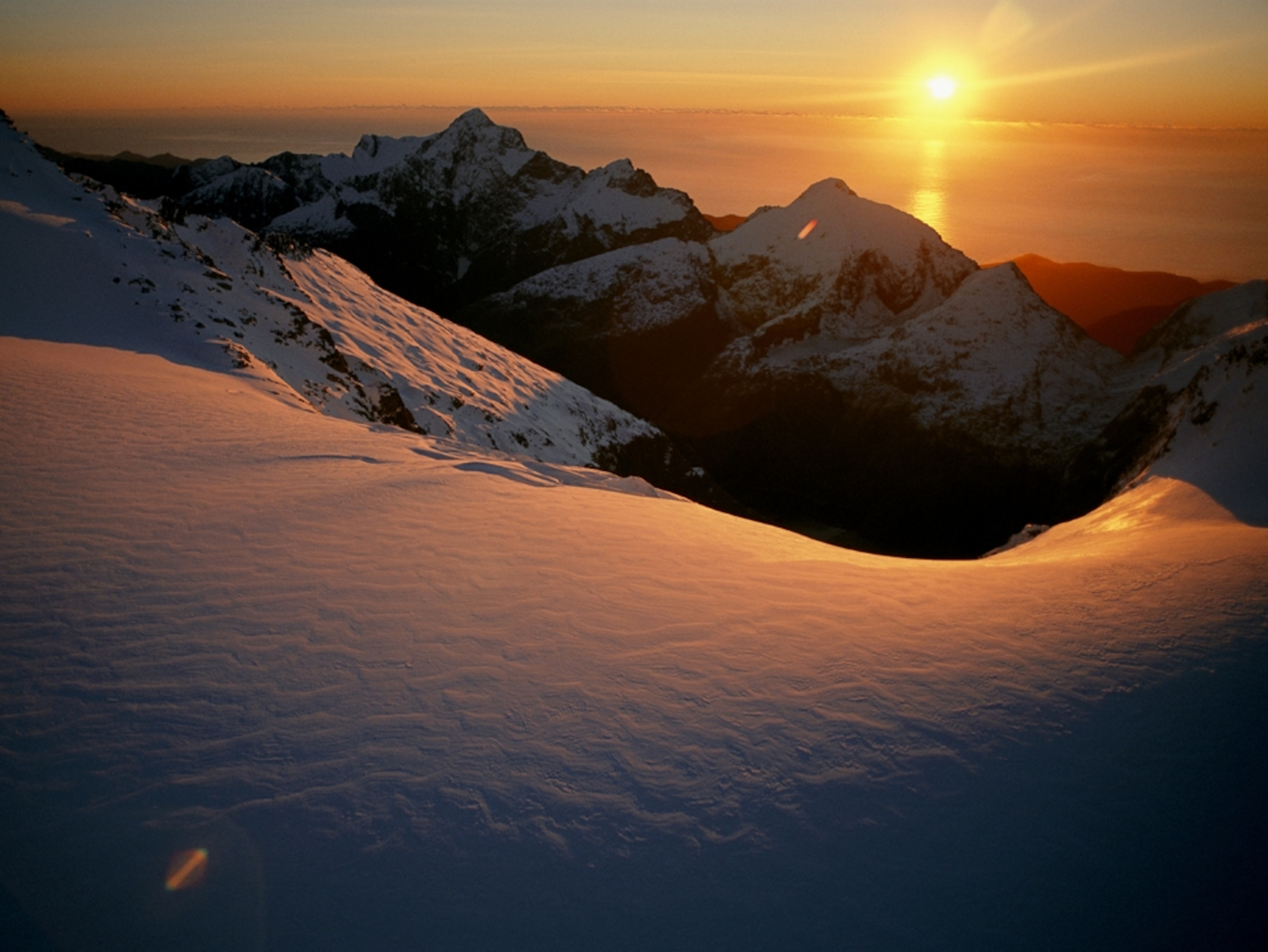
The Fascinating Ways People Are Adapting to Climate Change
Innovative solutions to a warming world from Madagascar to Bangladesh
For years Alizé Carrère had heard about the disastrous effects of climate change, especially in developing countries. But in 2012 Carrère learned of a very different situation: a group of farmers in Madagascar who were figuring out how to farm in fields eroded by deforestation and heavy rains. Instead of depending on development aid to reforest washed-out areas, the farmers adapted. Soon they began to prefer farming in the eroded gullies, which became rich with water and nutrients.
That sort of ingenuity in the face of hardship launched Carrère, a National Geographic grantee, on a journey to study climate change adaptation. “It’s such an abstract concept, so I wanted to know what it actually looked like,” she says. This year she and a film crew are documenting cases in which environmental change has spurred human inventiveness and turning the stories into a video series called Adaptation.
Her first stop? Bangladesh, a low-lying, densely populated country where scientists expect rising water to displace 18 million people by 2050. In the southern district of Gopalganj, Carrère watched people build floating gardens from water hyacinth, bamboo, and manure to help them fish, raise ducks, and grow produce. She saw how ingenuity can beget more of the same: A Bangladeshi architect took inspiration from the floating fields and engineered boats to serve as floating schools, hospitals, libraries, and playgrounds.
Since Bangladesh, Carrère has visited northern India to see how glacial melt is being repurposed to feed a desert ecosystem and will go next to Vanuatu, where grinding sea stars into fertilizer helps grow food.
Some of the best adaptation ideas come from kids, Carrère says. They’re creative, malleable, and excited to dream up new things. They also have the most at stake.
Related Topics
You May Also Like
Go Further
Animals
- Octopuses have a lot of secrets. Can you guess 8 of them?
- Animals
- Feature
Octopuses have a lot of secrets. Can you guess 8 of them? - This biologist and her rescue dog help protect bears in the AndesThis biologist and her rescue dog help protect bears in the Andes
- An octopus invited this writer into her tank—and her secret worldAn octopus invited this writer into her tank—and her secret world
- Peace-loving bonobos are more aggressive than we thoughtPeace-loving bonobos are more aggressive than we thought
Environment
- Listen to 30 years of climate change transformed into haunting musicListen to 30 years of climate change transformed into haunting music
- This ancient society tried to stop El Niño—with child sacrificeThis ancient society tried to stop El Niño—with child sacrifice
- U.S. plans to clean its drinking water. What does that mean?U.S. plans to clean its drinking water. What does that mean?
- Food systems: supporting the triangle of food security, Video Story
- Paid Content
Food systems: supporting the triangle of food security - Will we ever solve the mystery of the Mima mounds?Will we ever solve the mystery of the Mima mounds?
History & Culture
- Strange clues in a Maya temple reveal a fiery political dramaStrange clues in a Maya temple reveal a fiery political drama
- How technology is revealing secrets in these ancient scrollsHow technology is revealing secrets in these ancient scrolls
- Pilgrimages aren’t just spiritual anymore. They’re a workout.Pilgrimages aren’t just spiritual anymore. They’re a workout.
- This ancient society tried to stop El Niño—with child sacrificeThis ancient society tried to stop El Niño—with child sacrifice
- This ancient cure was just revived in a lab. Does it work?This ancient cure was just revived in a lab. Does it work?
Science
- The unexpected health benefits of Ozempic and MounjaroThe unexpected health benefits of Ozempic and Mounjaro
- Do you have an inner monologue? Here’s what it reveals about you.Do you have an inner monologue? Here’s what it reveals about you.
- Jupiter’s volcanic moon Io has been erupting for billions of yearsJupiter’s volcanic moon Io has been erupting for billions of years
- This 80-foot-long sea monster was the killer whale of its timeThis 80-foot-long sea monster was the killer whale of its time
Travel
- How to plan an epic summer trip to a national parkHow to plan an epic summer trip to a national park
- This town is the Alps' first European Capital of CultureThis town is the Alps' first European Capital of Culture
- This royal city lies in the shadow of Kuala LumpurThis royal city lies in the shadow of Kuala Lumpur
- This author tells the story of crypto-trading Mongolian nomadsThis author tells the story of crypto-trading Mongolian nomads




